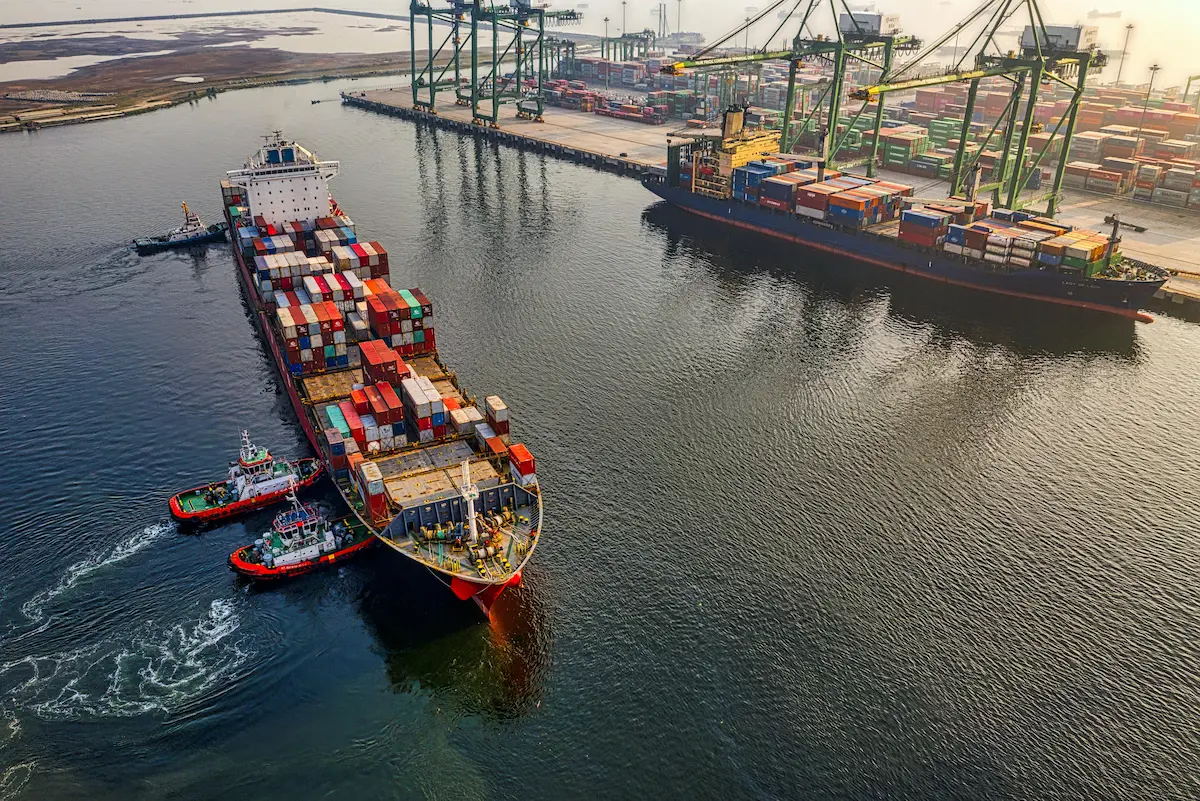A recent article from JPMorgan hit the nail on the head: the automotive industry is undergoing a structural transformation, and traditional working capital models are showing their age. With more semiconductors per vehicle, greater system complexity, and tighter synchronization between Tier 1 suppliers, OEMs, and dealers, the supply chain is no longer linear—it’s a web.
What that means for capital providers is clear: static, one-size-fits-all financing models won’t cut it anymore.
At Vero, we’re seeing this shift play out daily across the dealer and wholesale lending ecosystem. Dealers are demanding faster access to funding, more flexibility in repayment terms, and the ability to adapt quickly to shifting OEM programs or consumer demand patterns. At the same time, manufacturers are being asked to take on more risk, absorb higher inventory carrying costs, and support more complex supplier relationships.
The opportunity? To architect financing tools that span the entire value chain—from supplier to showroom.
This is where we believe innovation in inventory finance and working capital solutions must accelerate. The next generation of automotive finance will require tighter coordination between OEM CFOs, captive finance leaders, bank partners, and technology platforms. It’s no longer enough to optimize for one node in the chain—solutions must flex across procurement, production, distribution, and retail.
We see a future where:
✅ Suppliers get paid faster with supply chain finance or dynamic discounting programs tied to OEM production milestones.
✅ OEMs deploy hybrid funding models that blend inventory support, floorplan optimization, and revenue-based triggers.
✅ Dealers receive smarter, more tailored funding terms based on performance, segment, or inventory mix—enabling them to move faster, stock smarter, and serve customers more effectively.
✅ Captives and banks leverage real-time data to monitor exposure and adjust terms dynamically—bridging the gap between finance and operations.
This isn’t a pipe dream. It’s a necessary evolution.
We’re proud to be enabling more adaptive financing infrastructure for OEMs and their dealer networks, helping them move from static programs to responsive systems that reflect how the automotive business is actually run today.
To all the CFOs reading this: now is the time to ask, is our capital stack designed for the next decade of complexity? And if not—who are the partners we need at the table to change that?
Let’s start that conversation.







